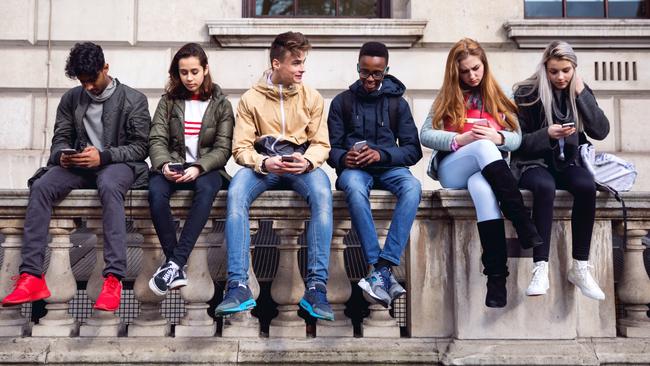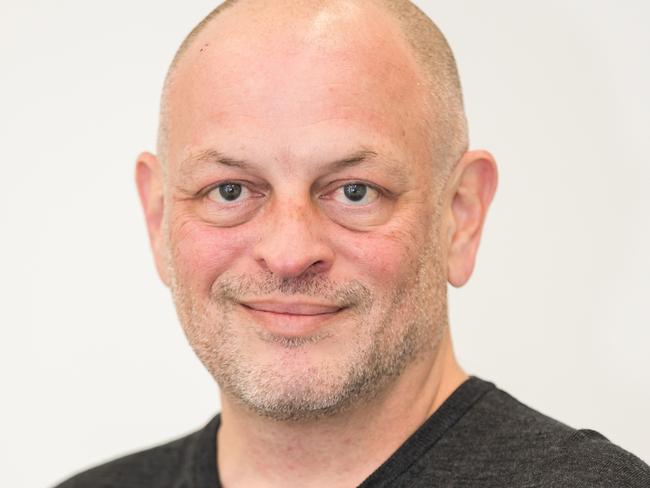From sex to relationships: Australian teenagers love lives exposed
From who they’re likely to form relationships with to when they’re most likely to first have sex, here’s what parents need to know about their teen’s sex life.

Sex
Don't miss out on the headlines from Sex. Followed categories will be added to My News.
Concerned parents can (mostly) relax: research into the sex lives of young Australians shows that things have not degenerated into a Bachannalian free-for-all – just yet.
When it comes to the physical side of relationships, much is the same now as it was a generation ago.
La Trobe University has been tracking sexual behaviour and attitudes among secondary school students since 1992, and according to lead researcher Associate Professor Christopher Fisher, “we’re not seeing much that’s changed”.
But while the median age for losing virginity has remained around 16 or 17, and rates of safe sex have stayed constant, the age of oral sex has come down.
“We’re seeing a slight increase in oral sex, but that’s a trend we’re seeing across all age groups,” Assoc Prof Fisher said.

Australian teens were starting to experiment with oral sex around 15 or 16, before progressing to full sex between six months and a year later.
The latest La Trobe research revealed about one in four respondents had never had a boyfriend or girlfriend, while 40 per cent had one at the time of being surveyed.
But one interesting trend is clear. Whereas in the 1990s a relationship between a 16-year-old and a 20-year-old may not have been too unusual, today young lovers are much more likely to be of the same age.
Assoc Prof Fisher said the shift had happened for a mix of social, cultural and even legal reasons, but it was a welcome change as it suggested “a more even playing field when it comes to negotiating consent”.
Another clear shift has been in the area of same-sex attraction. Although the number of people predominantly attracted to their own gender has stayed constant, around the four or five per cent mark, Assoc Prof Fisher said the La Trobe studies showed increases of up to 10 per cent in the number of people who acknowledged some same-sex attraction, even if it didn’t translate into behaviour.
Similar gaps between identity, behaviour and attraction are evident in studies of adults, too.

The Second Australian Study of Health and Relationships recorded that 3.3 per cent of male respondents did not identify as heterosexual, but 6.5 per cent revealed they had sexual contact with other men and 6.9 per cent said they were attracted to them.
The figures for female respondents were even more stark. Some 3.6 per cent said they weren’t heterosexual, but 13.5 per cent said they had sexual contact with other women and 14.7 per cent said they were attracted to them.
That comprehensive study, conducted in 2013, showed that the median frequency of having sex was 1.4 times per week – down from 1.8 times per week in 2002.
Male respondents to the survey claimed to have had sex with an average of 18 women, while female respondents said they had sex with eight men.
An overwhelming majority of respondents said they were sexually exclusive when they were in a couple, with just three per cent reporting they had sex outside of a relationship in the past year.
A spokesperson for the Kirby Institute at the University of NSW said the Third Australian Study of Health and Relationships was planned for either 2021 or 2022.
Originally published as From sex to relationships: Australian teenagers love lives exposed

